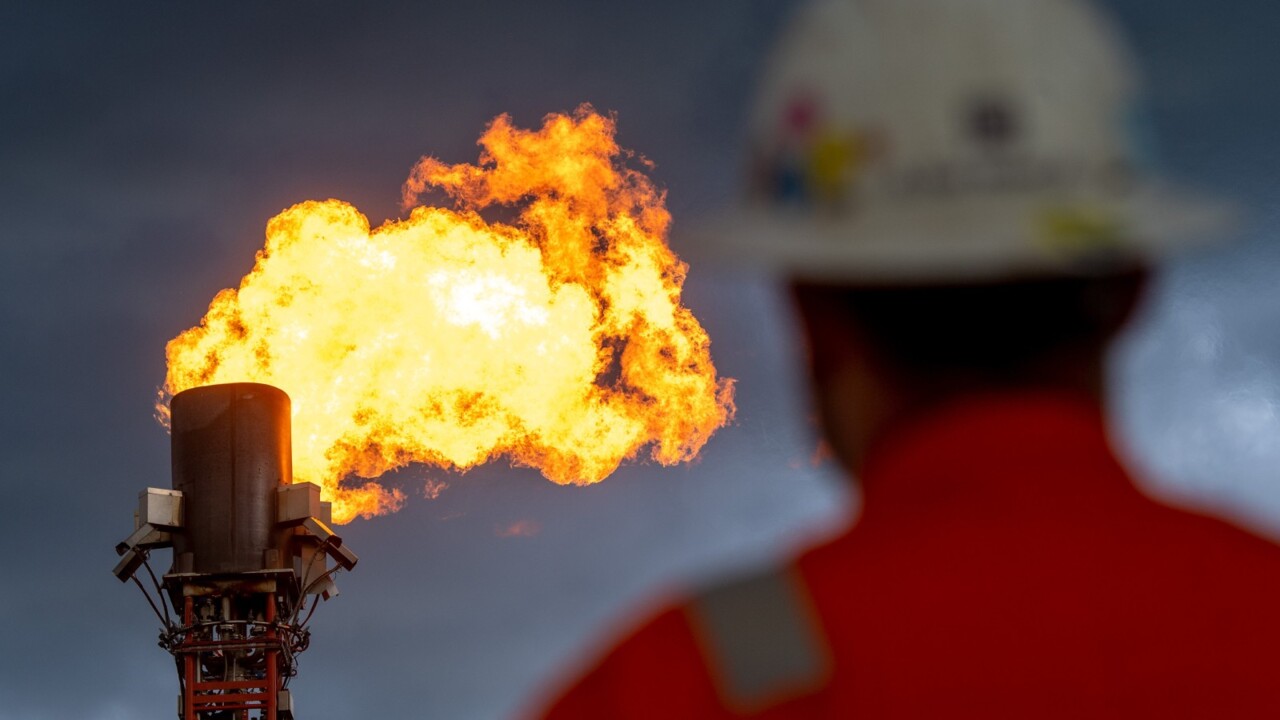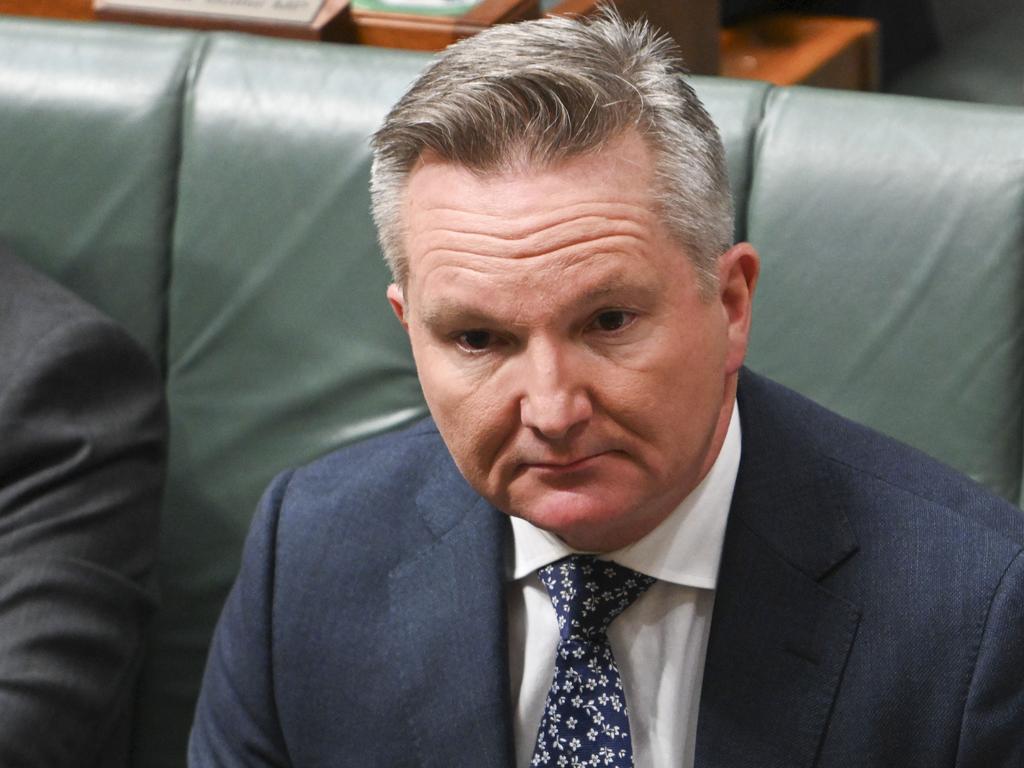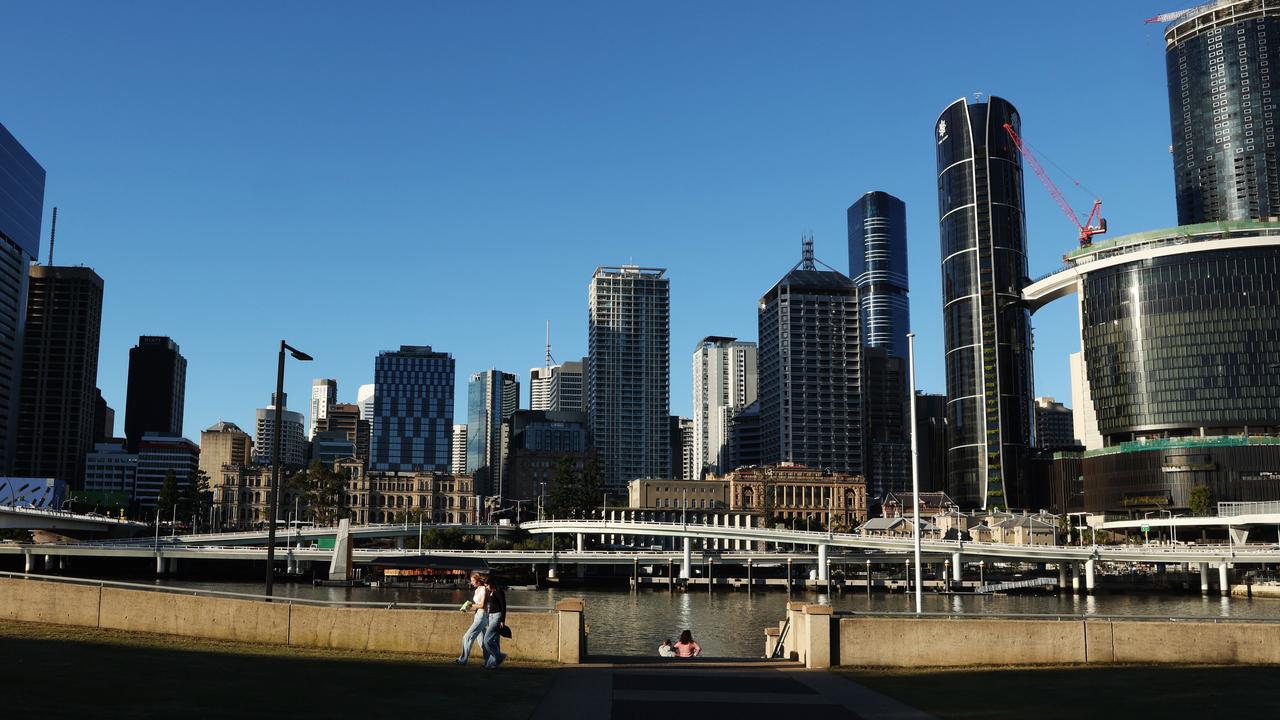Origin to spend $450m to expand Eraring large-scale battery
The energy group will spend another $450m to expand a battery at the Eraring coal power station as it looks to exploit the increasing market volatility.

Origin Energy will spend $450m to expand its large-scale battery at the site of its Eraring coal power station, as Australia’s largest electricity and gas retailer moves to profit from ever-increasing market volatility.
The expansion of the battery is a boost to Australia’s energy transition, with storage capacity seen as a critical enabler for the exit of coal and underpinning new renewables, while the development will aid Origin’s capacity to profit from wild swings in the price of electricity during the day.
Origin has in the last few years moved to rapidly deploy batteries and last year approved the $600m development of a battery at the Eraring coal power station, but the company on Thursday said it will now expand that project.
The company said the second stage of the Eraring battery will add a 240MW/1030MWh four-hour duration grid-forming battery to the 460MW/1073MWh two-hour duration first stage battery development already under construction, and which is anticipated to come online at the end of 2025. Stage two is anticipated to come online in the first quarter of the 2027.
Origin’s head of energy supply and operations Greg Jarvis said the investment underscores the company’s commitment to the transition.
“We are pleased to have approved Origin’s third investment in a large-scale battery at one of our existing power stations, which reflects our belief that storage will play an important role in the changing grid by helping to firm up variable supply from wind and solar,” Mr Jarvis said.
Origin has now committed around $1.5bn to batteries as it looks to repurpose and capitalise on existing infrastructure. Origin and its competitors are all looking to build batteries at the site of retiring coal power stations, allowing them to use existing transmission lines into the grid.
Batteries are playing an increasingly important role in Australia’s electricity supply and their role is set to grow substantially if new renewable energy generators are deployed as expected.
Batteries can supply electricity during times of so-called renewable energy droughts, an extremely lucrative asset for developers as Australia’s electricity market experiences wild swings in wholesale prices.
Australia has the world’s highest per capita penetration of rooftop solar, which means wholesale electricity prices – the cost of producing power – is often in negative territory, meaning that batteries can charge and receive a fee. When the sun sets, wholesale electricity prices spike and battery developers can discharge and earn lucrative returns.
The trend is expected to grow as Australia moves towards the Albanese government’s target of having renewable energy generate more than 80 per cent of the country’s electricity by 2030, increasing the country’s reliance on batteries.
But Australia’s energy industry has warned batteries are often only viable for short periods of time, and sustained periods of limited sunlight or light winds will cause wholesale prices to spike.
These so-called renewable energy droughts were illustrated when the Australian Energy Market Operator revealed the cost of producing electricity across the national market averaged $133/MWh in the three months to June 30, 23 per cent higher than the same period one year earlier.
To compensate, Australia is in dire need of longer duration, flexible options. Pumped hydro shapes as the most viable zero emission solution but projects are expensive and geologically difficult – best encapsulated by issues at Snowy Hydro 2.0
The 2000MW pumped hydro storage project in NSW has been beset by problems causing prolonged delays and swelling the taxpayer bill. Snowy was initially projected to cost around $2bn and be completed in 2021, but was revised to nearly $6bn. After a spate of technical problems and disruptions from Covid-19, the bill is now expected to be around $12bn – though Energy Minister Chris Bowen said the project will fill a vital role in Australia’s energy transition.
As result, gas shapes as the most feasible solution. Gas power stations can be turned on and off within minutes but Australia’s east coast is struggling to unlock new sources of supply and the region’s dominant supplier is set to be exhausted by 2038.
More Coverage
Originally published as Origin to spend $450m to expand Eraring large-scale battery





